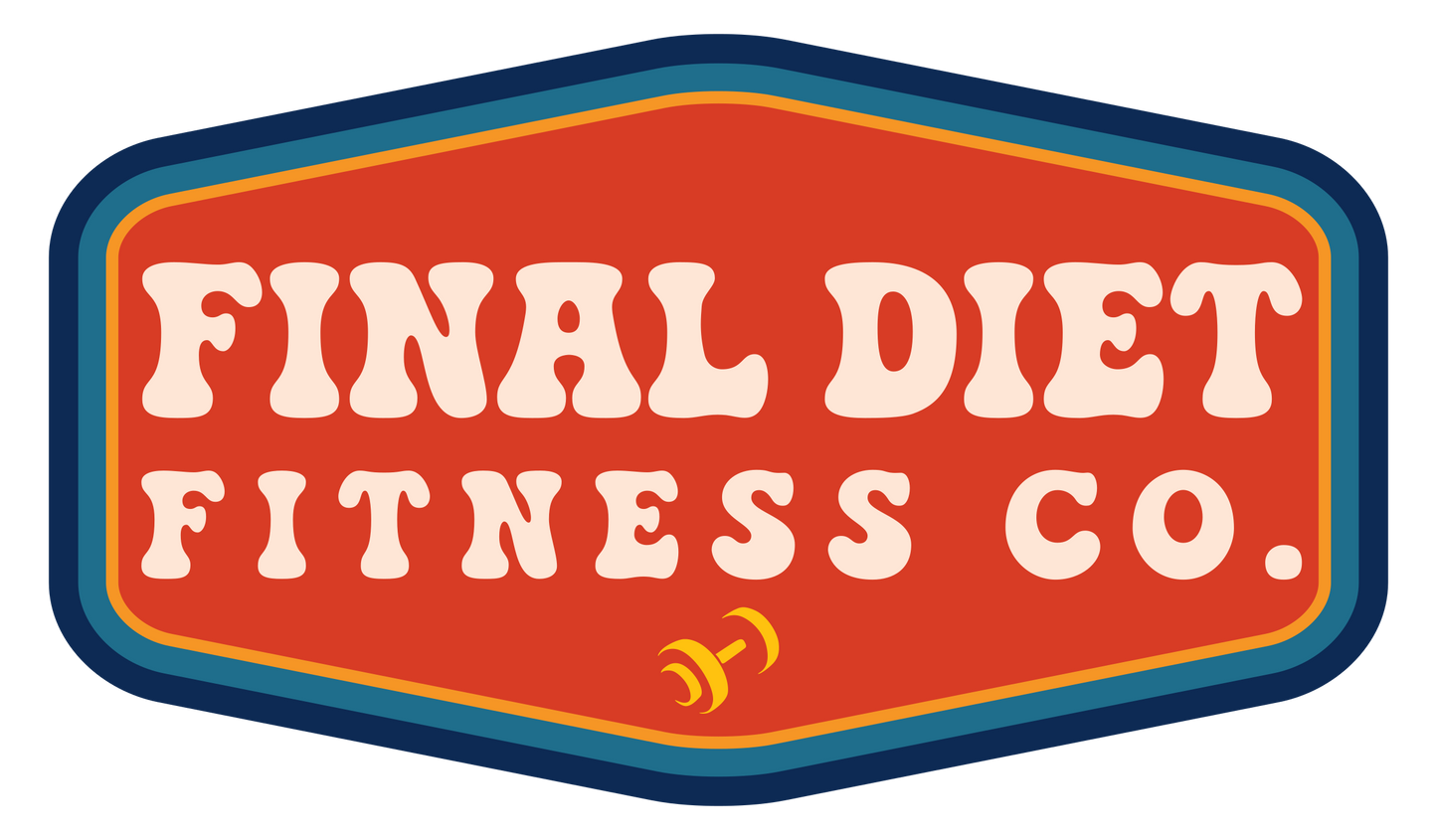
Cheat meals and refeeds are often misunderstood. Both can fit into a fat loss plan—but only when used strategically.
1. Cheat Meals vs. Refeeds
- Cheat Meal: An untracked, indulgent meal, usually high in calories, carbs, and fat.
- Refeed: A structured, planned increase in carbs (and calories) to support metabolism and recovery.
In short:
Cheat = impulsive pleasure.
Refeed = strategic purpose.
2. The Science Behind Refeeds
Extended dieting lowers hormones like leptin and thyroid, slowing metabolism.
A refeed (usually 1–2 days of higher carbs) temporarily raises leptin and improves gym performance.
Typical setup:
- +300–500 calories above deficit (mostly carbs)
- Keep protein the same, fat low
- Focus on clean carb sources: rice, oats, potatoes, fruit, pasta
Refeeds are especially useful during long cuts (8+ weeks).
3. When Cheat Meals Backfire
- Used as emotional release → leads to bingeing
- Creates “good vs bad” food mindset
- Turns into a 2-day spiral
- Adds more calories than you realize (1 meal = 2,000+ calories)
4. When to Use a Refeed
- After several weeks in a deficit
- When energy, mood, or gym performance drops
- When progress stalls despite consistency
5. Diet Breaks
Longer than a refeed, a diet break lasts 7–14 days at maintenance calories.
Use it every 2–3 months to restore hormones, performance, and motivation.
Coach Tip: Don’t fear maintenance—it’s part of long-term success.
6. The Mindset Shift
You don’t “earn” cheat meals—you plan refeeds. They’re tools, not rewards. When structured correctly, they help your body and your mind recover.
Takeaway:
Cheat meals are emotional. Refeeds are strategic. Choose structure over impulse and you’ll sustain fat loss for the long haul.
